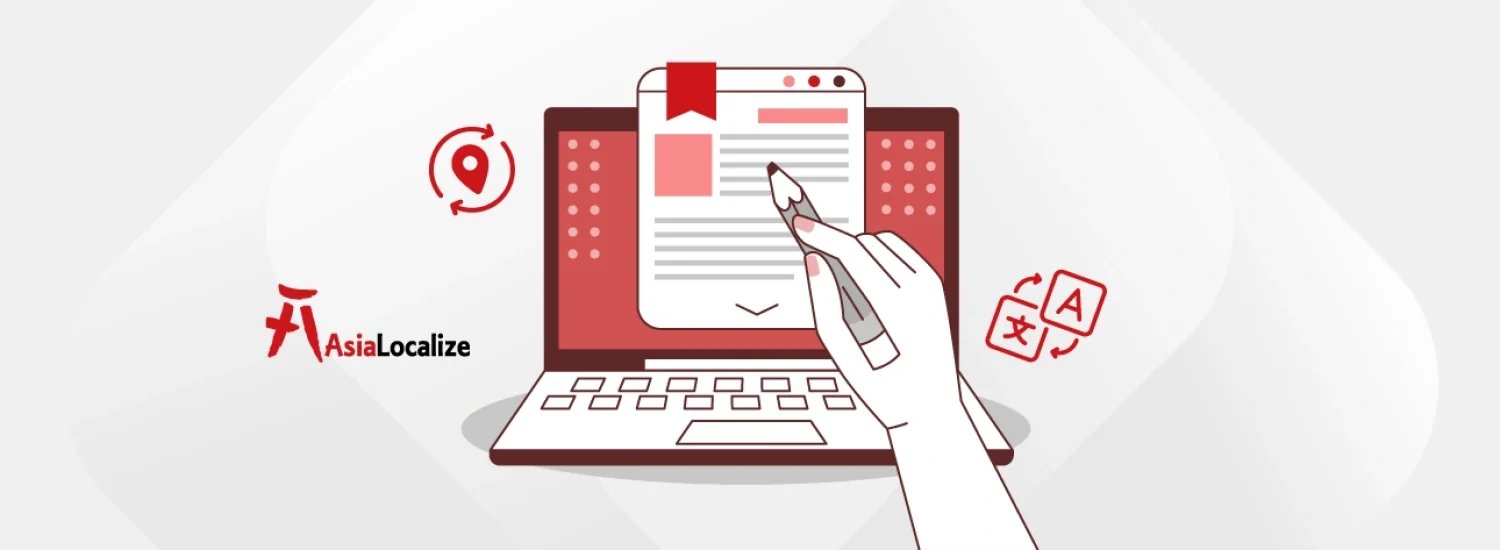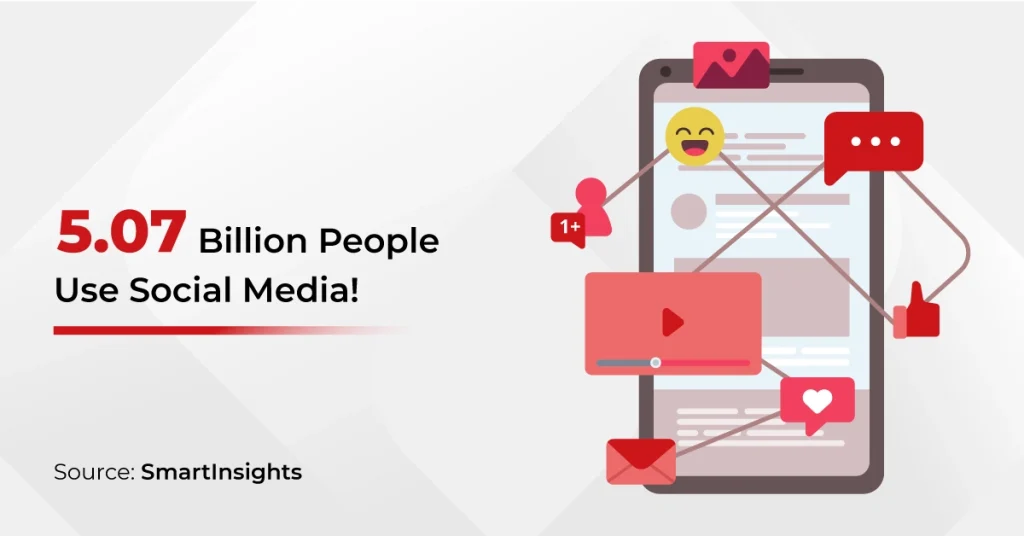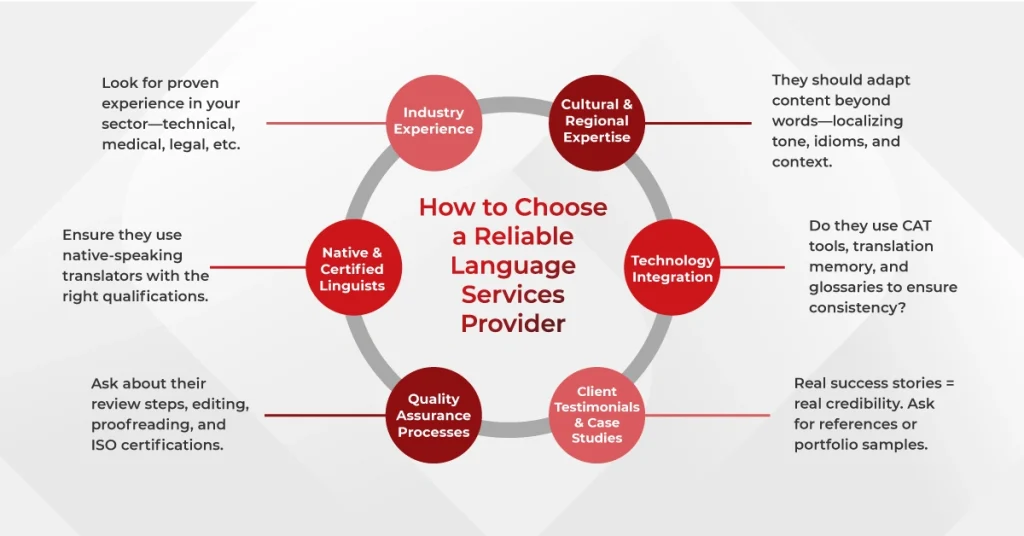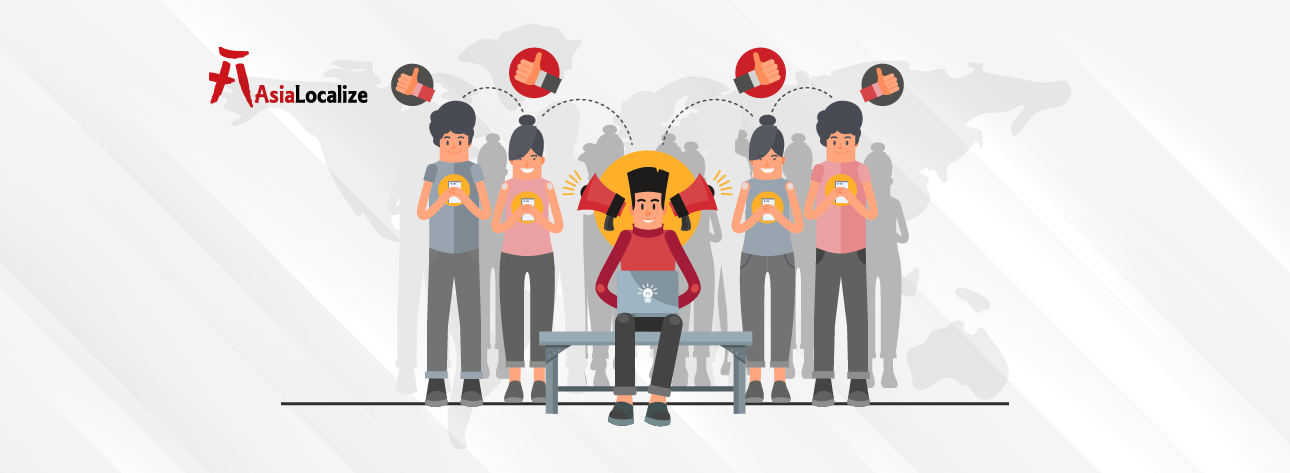Imagine trying to connect with someone who doesn’t speak your language—it’s hard to build trust, right? That’s exactly what happens when businesses expand globally without translating their content.
Did you know that 65% of global consumers lean towards brands that speak their mother tongue?
So, simply having great content isn’t enough; it needs to speak to your audience, literally and culturally.
This blog is your guide to understanding why content translation isn’t just a smart move. From building stronger connections with international audiences to boosting brand credibility across borders, we’ll walk you through the real impact of getting your message right in every language.
What is Content Translation?
Professional content translation isn’t just about swapping words between languages; that’s just the surface. It’s about how you reshape your message so it feels natural, relevant, and meaningful to people around the world.
Whether it’s a blog post, product description, video script, or app interface, translation makes your content accessible and relevant to new audiences. And when it’s done right, it also includes cultural adaptation, so your tone, humor, and references land the right way—no awkward misunderstandings.
Why is Content Translation Important for Global Businesses?
More than 40% of consumers will walk right past your product or service if it’s not in their native language. It’s simple—people connect with what feels familiar. If your content doesn’t speak their language, chances are, they won’t stick around.
Above all, businesses that prioritized translation saw 1.5x more growth in revenue. Investing in translation often leads to clearer messaging, stronger connections, and a healthier bottom line.
A great example of localization done right? Netflix. In just two years, they grew their subscriber base by a whopping 50%. Thanks to a smart, thoughtful localization strategy, Netflix went beyond subtitles, dubbing, and multilingual content translation. They tailored the entire user experience to match local tastes, all while keeping that signature Netflix feel we all know.
It’s a perfect balance of global brand and local flavor.
Key Use Cases for Content Translation
Whether you’re welcoming new visitors to your website, sparking conversations on social media, or guiding customers through an online purchase, speaking your audience’s language builds trust and connection.
Here’s where content translation makes a real difference—and how it can turn global goals into meaningful results.
Website Content
58% of retailers say speaking their customers’ language builds stronger loyalty. When shoppers feel seen and understood—right down to the words on your site—they’re more likely to stick with your brand.
Translating website content opens the door to a wider audience and creates a smoother experience for international visitors. It’s also a game-changer for SEO—search engines love content in the user’s language, and so do your potential customers.
Social Media Content
Brands that take the time to tailor content see stronger engagement and more loyal followings around the world. Studies have shown that localizing social media improves organic performance by 2500%.
But here’s the catch: the challenge about localizing social media content is the ability to craft posts that click with different cultures. It necessitates understanding what resonates in each culture and crafting posts that feel familiar, relevant, and real to every audience.
E-Commerce Content
Shoppers are far more likely to hit “buy” when everything feels familiar and easy to understand.
In fact, 76% of online shoppers prefer to buy products with information in their native language. When the words feel right, so does the purchase.
Marketing Content
Running a global campaign? Speaking your audience’s language helps your message land the way you intended. From taglines to full campaigns, translating marketing content ensures your brand connects emotionally, without losing its voice.
Want proof? 84% of businesses see revenue growth from business marketing content localization.
| Break Through Borders With Content That Clicks. Discover Our Professional Translation Services. |
Tips for Effective Content Translation
Great content translation helps your message feel as natural in Tokyo as it does in Toronto. Here’s how to make that happen.
Collaborate with Experts
Work with professional linguists who truly understand the nuances of language and the industry you’re in. Whether it’s technical jargon or emotionally charged messaging, translators with subject-matter expertise and cultural awareness can make sure your content hits the right note, every time.
Use CAT Tools for Accuracy
Computer-Assisted Translation (CAT) tools are a behind-the-scenes powerhouse. They help ensure consistency in terminology, reduce errors, and speed up large projects without sacrificing quality. Think of them as your translator’s best friend—quietly keeping everything on track.
Combine AI and Human Expertise
AI can be a great support in translation, especially for initial drafts or repetitive content. But when it comes to tone, context, and cultural nuance, human touch is irreplaceable. That’s why the best results come from blending machine translation with expert human review—fast, smart, and accurate.
Prioritize Cultural Adaptation
Language is only part of the story. What really builds a connection is culture. You need to adapt it to fit local customs, humor, taboos, and values. This kind of localization helps you avoid missteps and makes your content feel truly “local,” wherever it’s read.
| Reach hearts, not just screens. Explore Our Multimedia Localization Services. |
Common Challenges and Solutions in Content Translation
Content translation can open doors to global audience, but it’s not always a walk in the park. From subtle cultural nuances to tight turnaround times, the road to effective multilingual communication comes with its fair share of bumps.
Handling Cultural Nuances
Language is context, humor, tone, and subtle meaning. Things like idioms or culturally sensitive topics don’t always translate directly, and if mishandled, they can lead to confusion or even offense.
The key? Work with linguists who truly understand the target culture. At AsiaLocalize, we focus on cultural alignment, not just translation, so your message lands the way it was meant to.
Maintaining Brand Voice Across Languages
Your brand has a unique voice, and that voice should sound consistent whether it’s speaking English, Arabic, or Japanese. One of the trickiest parts of content translation is making sure that tone, style, and emotion carry over accurately.
With careful localization and brand-specific style guides, we at AsiaLocalize help ensure your messaging stays true to its personality in every language.
Managing Tight Deadlines
Need high-quality translations on a tight schedule? It’s totally doable with the right tools and team.
By blending smart AI technology with expert human review, AsiaLocalize streamlines the entire process. The result: fast turnarounds without cutting corners on accuracy or meaning.
| Bring Your Story to Every Screen—No Subtitles Left Behind! Discover Our Media Translation Services. |
At the end of the day, content translation is about how your brand earns trust, connects with people in meaningful ways, and feels local in every corner of the world.
Whether you’re translating a product description, a marketing campaign, or a full-blown website, the right words—delivered the right way—can make all the difference.
And while the process can seem complex, you don’t have to navigate it alone. With the right mix of human expertise, cultural insight, and smart technology, AsiaLocalize can help you pull it off in the global market.
| From Words to Experiences—Discover How We Localize Content That Resonates. |








